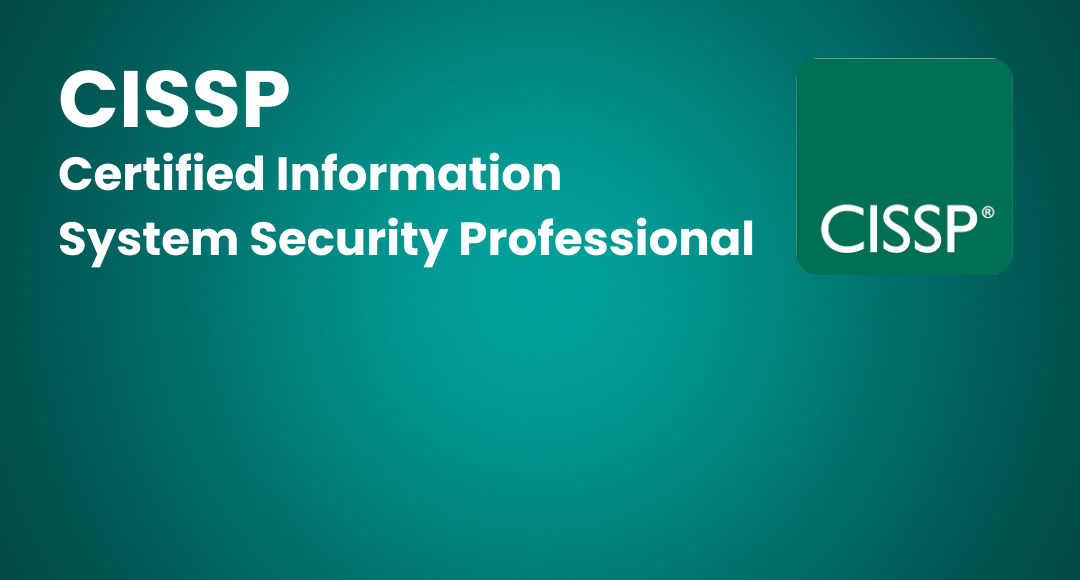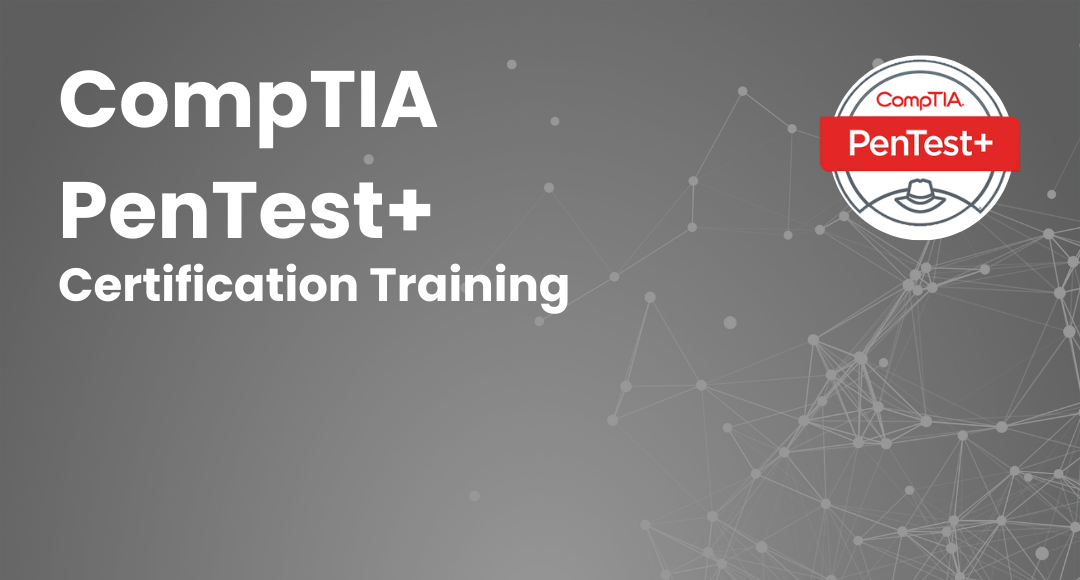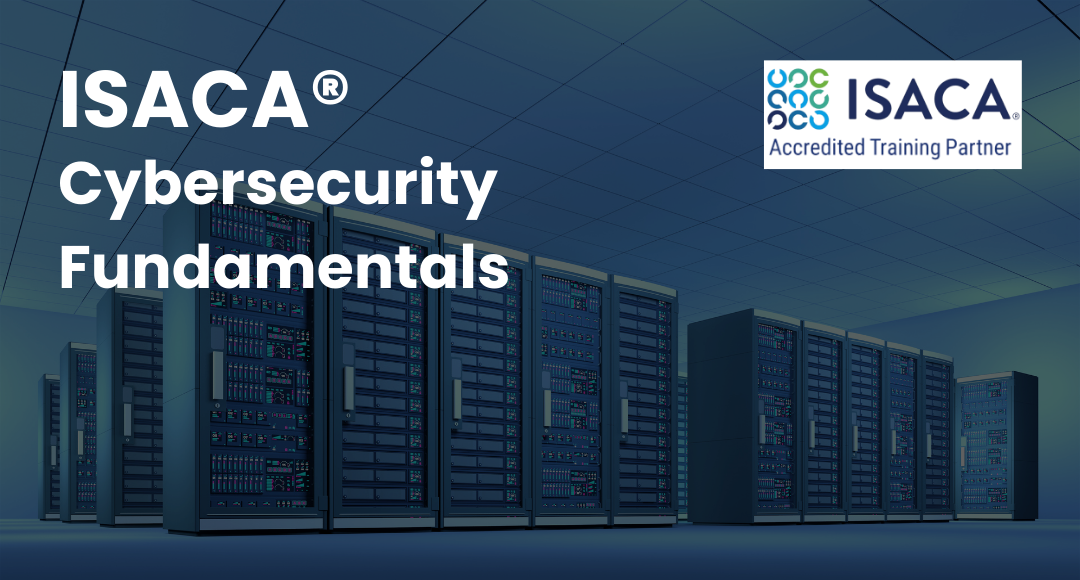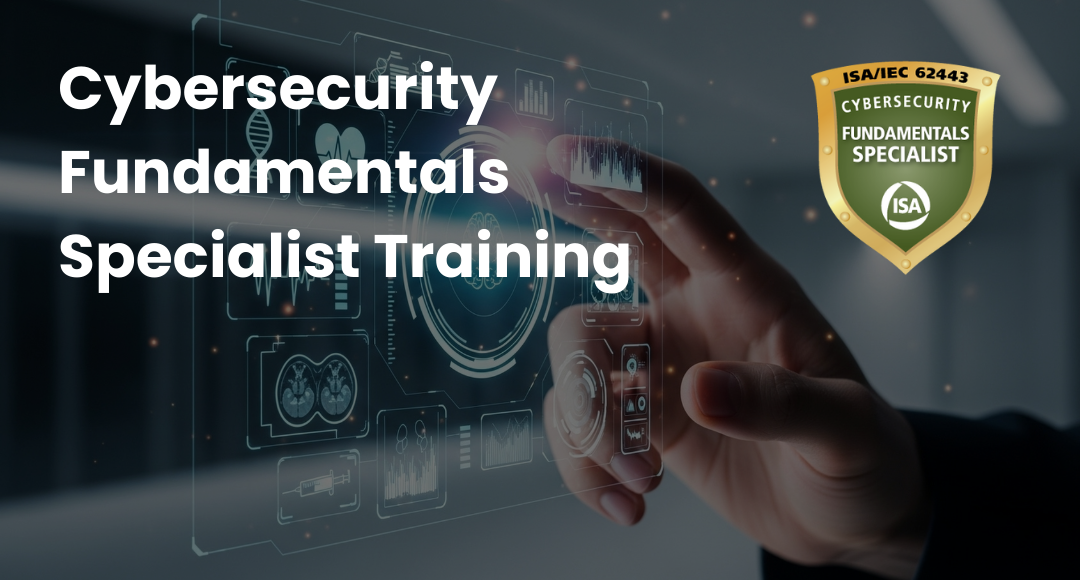Cybersecurity Strategy: Building a Strong Defense for Business
-
 By Nchumbeni Yanthan
By Nchumbeni Yanthan - Published on Jul 26 2023

Table of Contents
Introduction to Cybersecurity Strategy
In today's digital age, businesses face evolving cybersecurity threats that can have severe consequences. To protect sensitive data, organizations must develop a robust cybersecurity strategy. This involves assessing vulnerabilities, implementing security controls, planning incident response, continuous monitoring, and employee training.
A strong strategy prioritizes cybersecurity risk assessment to allocate resources effectively. Security controls, such as firewalls and encryption, prevent unauthorized access. Incident response plans outline steps for containment and system restoration. Continuous monitoring and threat intelligence help detect and address emerging threats. Employee training fosters a culture of security. A comprehensive cybersecurity strategy safeguards assets, operations, and reputations.
Organizations can better defend themselves from online threats as well as reduce the potential impact of attacks on their operations, reputation, and consumer trust by putting in place an effective security strategy. A serious risk exists for businesses of all sizes due to the complexity of cyberthreats. Businesses need to develop a powerful cybersecurity strategy to protect delicate data and reduce breaches. The steps taken to create a solid cybersecurity strategy that helps shield your company from threats are described in this article.
What is a Cybersecurity Strategy?
A cybersecurity strategy is a specific plan outlining how an organization will protect its digital assets and sensitive data from hacking and unauthorized access. To make sure the privacy, accuracy, and accessibility of crucial data and systems, a variety of policies, practices, technologies, and training must be applied.
The organization‘s needs, sector regulations, risk tolerance, and budget are all taken into account when determining how important a plan to identify is. It gives a step-by-step guide for observing potential threats, assessing vulnerabilities, putting in place the right controls, and ability to handle security incidents.
The organization‘s needs, sector regulations, risk tolerance, and budget are all taken into account when determining how important a plan to identify is. It gives a step-by-step guide for observing potential threats, assessing vulnerabilities, putting in place the right controls, and ability to handle security incidents.

It includes risk analyses, security protocols, plans for responding to incidents, tracking, and staff training. The plan seeks to protect online privacy, integrity, and availability while reducing the impact of security incidents. Organizations conduct risk assessments to identify vulnerabilities and prioritize security efforts.
They implement security controls like firewalls and encryption to prevent unauthorized access. Incident response plans outline steps for containment, investigation, and system restoration. Continuous monitoring and threat intelligence help organizations stay informed about emerging threats. Employee training fosters a culture of security and ensures awareness of best practices and policies. A comprehensive cybersecurity strategy enhances resilience, safeguards valuable assets, and maintains stakeholder trust.
7 Steps to How to Develop a Cybersecurity Strategy
Having a successful cybersecurity strategy is vital to protecting your organization's digital assets and decreasing the risk of cybercrime. The seven steps mentioned below will help you build an effective cybersecurity strategy:

Step 1: Assess Your Current Security Posture
Start by conducting a thorough assessment of your organization's current security posture. Identify existing security controls, vulnerabilities, and weaknesses. Perform a comprehensive risk assessment to prioritize areas that require immediate attention. This assessment will serve as a baseline for developing your cybersecurity strategy.
To find possible entry points for attackers, think about conducting vulnerability scanning and vulnerability scanning. Examine how well your current security measures, such as firewalls, antivirus software, and security devices, are working. Decide any failings or areas that require improvement.
Step 2: Define Security Objectives and Requirements
Define clear security objectives and requirements for your organization. Consider factors such as your business nature, regulatory compliance obligations, and the value of your digital assets. Your security objectives should align with your overall business objectives.
Ensure that your security objectives are specific, measurable, achievable, relevant, and time-bound (SMART). This will help you set clear goals and track your progress in implementing your cybersecurity strategy.
Step 3: Generate a Risk Management Plan
Create a risk management plan that explains how you will realize, assess, and mitigate risk. This framework should include processes for risk identification, analysis, evaluation, and treatment.
Regularly review and update your risk management framework to adapt to evolving threats and technologies. Establish protocols for risk mitigation and incident response, and ensure that they are communicated to all relevant stakeholders within your organization.
Step 4: Develop Policies and Procedures
Create comprehensive cybersecurity policies and procedures that address various aspects of cybersecurity. These policies should cover areas such as access control, data classification, incident response, employee training, and vendor management.
Ensure that your policies align with industry best practices and regulatory requirements. Define clear guidelines for data handling, password management, and acceptable use of technology resources. Regularly review and update these policies to address emerging threats and changes in regulations.
Step 5: Implement Security Controls
Based on the identified risks and requirements, implement appropriate security controls. Use a wide variety of security controls, such as firewalls, intrusion detection systems, encryption techniques, access controls, and security monitoring software. Your organization's network, systems, risks and attacks priceless data should be shielded from potential with these multi-layered measures.
Regularly test and evaluate the effectiveness of these controls to ensure that they are adequately protecting your digital assets. Consider leveraging the expertise of cybersecurity professionals or managed security service providers to ensure the proper implementation and management of corporate IT security controls.
Step 6: Provide Ongoing Training and Awareness
Inform your employees of the value of expected to abide by established policies and procedures as well as best practices for security strategy. To keep your staff informed about new threats and the changing information security landscape, grasp regular training and awareness campaigns.
Promote a culture of security awareness by encouraging employees to report any suspicious activities or potential security incidents promptly.
Provide resources and guidance on safe online practices, such as recognizing phishing emails and creating strong passwords. Keep your employees updated on the latest cybersecurity trends and encourage their active participation in maintaining a secure environment.
Step 7: Continuously Monitor and Improve
Establish a robust monitoring and incident response system to detect and respond to security incidents promptly. Implement mechanisms for monitoring your systems, networks, and data for any signs of unauthorized access or suspicious activities.
Regularly analyze security events, conduct post-incident reviews, and learn from any breaches or security incidents. A strong cybersecurity strategy is a wise investment in the future of your company. Utilize these insights to pinpoint areas where your cybersecurity strategy needs to be adjusted.
To achieve better your firm's security posture, stay up to date on the latest threats and technologies, work with cybersecurity professionals, and join information-sharing communities.
You can start creating a rigorous cybersecurity strategy that effectively guards against cyber threats and protects your organization's digital assets by following these seven steps. Keep in mind that sustaining cybersecurity requires ongoing monitoring, assessment, and adaptation to stay ahead of any potential vulnerabilities.
Wrap Up
To protect your company's digital assets and uphold customer trust, you must develop a solid cybersecurity strategy. You can create a thorough cybersecurity strategy to support your company's goals and effectively reduces threats by following the seven steps described in the article. To remain ahead of potential vulnerabilities, give cybersecurity priority, modify to emerging risks, and frequently update your strategy.
System and data and security for your business require constant attention and a pro-active strategy. You can significantly reduce the risk of cyberattacks and assure the durability and success of your corporation by having to put the proper information security measure in place and encouraging a culture of security awareness.
Keep in mind that cybersecurity requires ongoing monitoring, assessment, and improvement. A wise investment for your business's future is a strong cybersecurity strategy. Stay ahead of emerging threats and technological advancements. Collaborate with cybersecurity professionals and prioritize the protection of your digital assets.
By emphasizing cybersecurity, you demonstrate dedication to building a safe environment for customers, partners, and employees, fostering trust and reliability in your organization.
You can also find the best career with more cybersecurity courses in detail and chat with our course specialist for comprehensive details and unwavering support. Let's redefine what's possible for your future! Subscribe to Sprintzeal's newsletters and ebooks and gain a competitive edge through the latest industry trends, best practices, and in-depth knowledge.
Subscribe to our Newsletters
Popular Programs
CISSP® - Certified Information System Security Professional
Live Virtual Training
- 4.7 (964 + Ratings)
- 19k + Learners
CISA® - Certified Information System Auditor
Live Virtual Training
- 4.3 (426 + Ratings)
- 23k + Learners
CISM® - Certified Information Security Manager
Live Virtual Training
- 4.6 (200 + Ratings)
- 43k + Learners
CCSP® - Certified Cloud Security Professional
Live Virtual Training
- 4.7 (964 + Ratings)
- 15k + Learners
Trending Posts
What is Digital Forensics? Types, Process & Challenges
Last updated on Jun 5 2023
Cyber Security Careers and Outlook - 2026 Guide
Last updated on Mar 21 2024
How to Get Cyber Essentials Certified
Last updated on Apr 5 2023
Recent Cyber Attacks & Data Breaches in 2026
Last updated on Jul 25 2023
CompTIA Security+ 601 vs. 701: Understanding Key Differences
Last updated on Apr 30 2025
What Happened When Cisco Faced a Cyber Incident?
Last updated on Dec 26 2024
Categories
- Other 71
- Agile Management 50
- Cloud Computing 57
- Project Management 174
- Big Data 67
- Business Management 88
- Digital Marketing 80
- IT Service Management 29
- Programming Language 59
- AI and Machine Learning 84
- IT Security 112
- Quality Management 78
- IT Hardware and Networking 26
- Microsoft Program 5
- Workplace Skill Building 13
- Risk Management 9
- Information Security 8
- Leadership and Management 9
- Corporate Training and Development 1
Trending Now
Top 5 Compelling Reasons To Get A Cyber Security Certification
ebookHow to Become IT Security Expert with CISSP Certification
ebookTop 20 Reasons You Should Get a CISSP Certification
ebookWhat is CISSP? – Everything about CISSP Certification Explained
ebookPass CISSP Exam - How to Clear CISSP Exam in First Attempt 2026 (UPDATED)
ebookCISSP Certification – Top 25 Career Benefits in 2026
ebookCybersecurity – Everything You Need to Know About it
ebookUpdated Google Certification Training Course list 2026
ArticleWhich Certification is best for Cybersecurity?
ebookWhich Cybersecurity Certification Should I Get First?
ebookCysa+ certification – Should you get it?
ebookList of Top Security Certifications
ArticleEasiest Security Certification to Get
ebookCISM certification cost and career benefits
ebookCybersecurity Fundamentals Explained
ebookISACA Certifications List 2026
ebookCareer Benefits of CISM Certification in 2026
ArticleList of Top Information Security Certifications in 2026
ebookCISM certification cost details
ArticleMitigate the Cyber-Attack Risks with Best Cyber Security Protocols
ebookCybersecurity Interview Questions and Answers 2026
ebookTop Cybersecurity Software Tools In 2026
ebookInformation Security Analyst - Career, Job Role, and Top Certifications
ebookCyber Security Analyst - How to Become, Job Demand and Top Certifications
ebookWhat is Data Security - Types, Strategy, Compliance and Regulations
ebookData loss Prevention in Cyber Security Explained
ebookCybersecurity Controls Explained in Detail
ebookCybersecurity Framework - A Complete Guide
ebookWhat is Cryptography - A Comprehensive Guide
ebookData Leak - What is it, Prevention and Solutions
ebookCybersecurity Career Paths Guide
ebookFuture of Cybersecurity - Trends and Scope
ebookCyber Security Careers and Outlook - 2026 Guide
ebook5 Cybersecurity Predictions in 2026 - Trends and Challenges
ebookScope for Cybersecurity in 2026 - Latest Update
ebookEthical Hacking Career: A Career Guide for Ethical Hacker
ebookApplication Security: All You Need To Know
ebookCybersecurity Roles - Top Roles and Skills to Consider in 2026
ebookHow to Get Cyber Essentials Certified
ebookTop 10 Cyber Security Threats and How to Prevent Them
ebookTop 10 Network Scanning Tools of 2026
ebookCyber Incident Response Plan: A Comprehensive Guide
ebookInformation Assurance Careers - Exploring Career Paths
ebookWhat is the Department of Defense (DoD) Directive 8140
ebookCybersecurity Mesh Architecture: What It Is and How to Build It
ebookWhat is Threat Modeling? Methodologies, Types, and Steps
ebookWhat is Digital Forensics? Types, Process & Challenges
ebookInformation Assurance Model in Cybersecurity
ebookHow to Become an Information Security Analyst Salary, Skills, and More
ArticleList of Top Department of Defense (DoD) Approved 8570 Certification Courses
ebookTop 5 Ransomware Attacks to Watch Out for in 2026
ebookJob Prospects for DoD Certified Professionals: A Pathway to Success in cybersecurity
ebook10 Biggest Data Breaches of the 21st Century
ebookWhat is a Cybersecurity Incident?-Types, Impact, Response Process and More
ebookCyber Security Planning - A Detailed Guide for Risk Mitigation
ebookWhat is Cybercrime? Exploring Types, Examples, and Prevention
ebookRecent Cyber Attacks & Data Breaches in 2026
ebookCybercrime Impacts On Business: 6 Major Effects
ebook5 Types of Cyber Attacks You Should Be Aware of in 2026
ebookCloud Cyber Attacks: Causes, Types, Prevention and Protection
ebookCloud Malware: Types of Attacks and Security Measure
ebookCyber Attack Statistics and Trends to Know in 2026
ebookList Of Top Cybersecurity Threats In 2026
ebookSafeguarding Digital Domain: 10 Most Common Cybercrimes
ebookDemystifying Cloud-Based Cyber Attacks: A Comprehensive Guide
ebookPrevent Cyber Attacks: Strategies to Protect Your Digital Assets
ebookList of Top 10 Cybersecurity Careers in 2026
ebookTop 20 Cybersecurity Trends to Watch Out for in 2026
ArticleHow to Become Cybersecurity Engineer
ArticleUnderstanding Risk assessment in audit planning
ArticleFundamentals of Risk-Based Auditing: A Strategic Framework
ArticleRisk-based Audit Planning Guide for Beginners
ebookTop 8 Types of Cybersecurity Jobs and Salary Insights
ArticleA Comprehensive Guide to Building Risk-Based Internal Audit Plan
ArticleRisk-Based Internal Auditing Approaches: 7 Steps to Explore
ArticleCompTIA Security+ 601 vs. 701: Understanding Key Differences
ArticleWhy and How to Perform a Risk-Based Internal Audit
ArticleRisk-Based Auditing Techniques Explained
ebookEvolving Cyber Threats and Vulnerabilities in Cybersecurity Risk Management
ArticleWhat Is Secure Access Service Edge (SASE)?
ArticleHow to Stay Cyber-Secure in Work and Personal Life (Tips and Practices)
ArticleIBM Data Breach: Is IBM Really Breach-Proof?
ArticleTarget Cyber Attack: Key Lessons from the 2013 Data Breach
ArticleLinkedIn User Data Protection Explained
ArticleCanva Data Breach: Best Lessons for Users and Businesses
ArticleHow Did Capital One Respond to Their Major Cyber Incident?
ArticleWhat Innovative Measures Did Reddit Take to Protect User Data?
ArticleHow Does Slack Respond to Security Challenges?
ArticleTwitch Data Breach: Response, Changes, and Key Takeaways
ArticleGuess What Google Did When a Employee Breached Their Firmware
ArticleEthical Hacking Tools: Best Ones for Cybersecurity in 2026
ArticleWhat Happened When Cisco Faced a Cyber Incident?
ArticleWhat Sony Did to Rebuild Trust After a Major Cyberattack
ArticleHow to Handle a Data Breach? Learn from Microsoft!
ArticleCybersecurity Mesh: A New Approach for Security Design
ArticleHow Target Turned a Cyber Crisis into a Lesson for All
ArticleDropbox Data Breach: What Companies Can Learn from It
ArticleHow JPMorgan Chase Strengthened Security After Facing Cyber Threats
ArticleThe Future of Online Security: Trends to Watch in 2026
ArticleLatest Trends in CyberSecurity
ArticleTop 12 Cyber Security Apprenticeships with High Earning Potential in 2026
ArticleEnhancing Safety and Competence in Today's Workplace
ArticlePrivacy at Your Fingertips: How iPhone Users Can Use Tools Securely
ArticleAge Matters: Understanding the Generational Gap in Online Safety Education
ArticleCybersecurity 101: Why Cybersecurity is the Hottest Career Right Now
ArticleWhy Cybersecurity Training Should Be Part of Every Professional's Career Plan
ArticleHow to Protect Your Data When Traveling to Countries Like Malaysia?
ArticleTop Online Master's in Cybersecurity Programs for Working Professionals
ArticleHow AI Detectors Strengthen Cybersecurity in Modern Networks
ArticleHow to Become a Cybersecurity Engineer: Step-by-Step Career Guide
ArticleWhy Certification in Risk and Compliance Is Critical in Today’s Financial World
Article



















